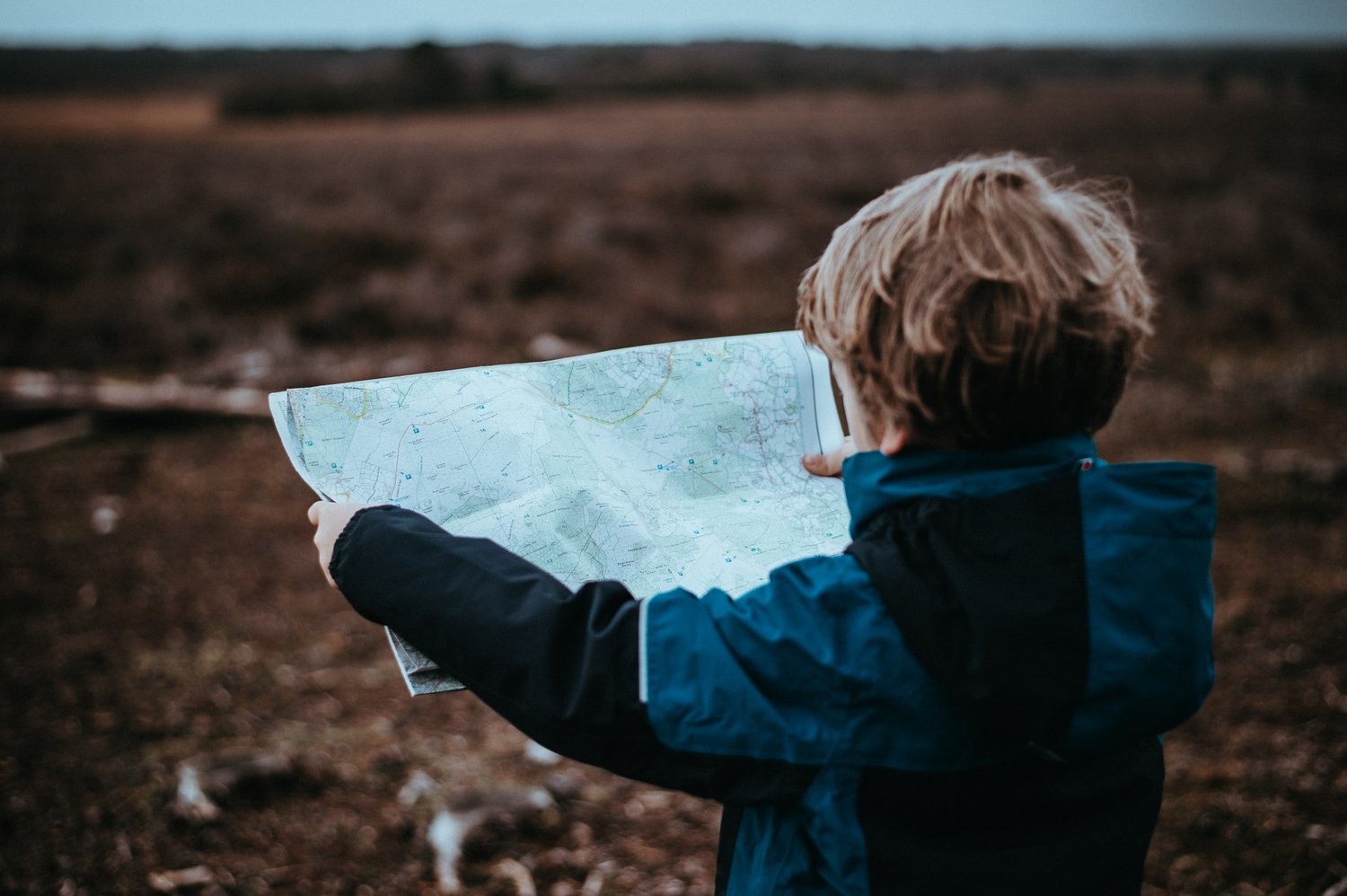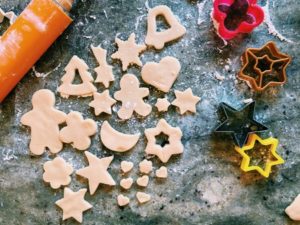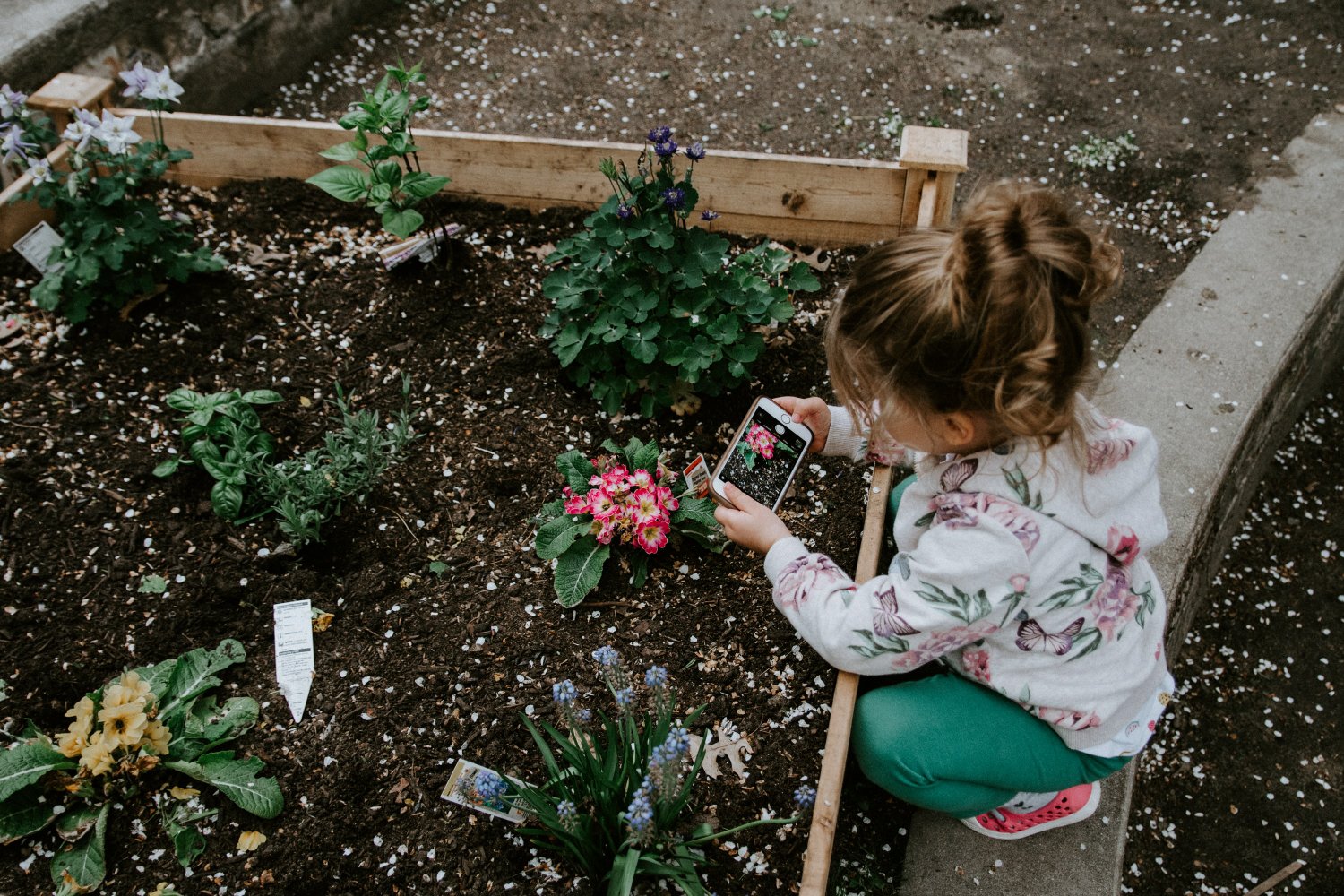
This article originally appeared in Memphis Parent, as a guest contribution from Prepared Parents co-founder and executive director Mira Browne.
I took my two boys for a walk the other day. We decided to turn a stroll around the neighborhood into a scavenger hunt. My older son, Gabriel, is fascinated by roly poly bugs, so we collected as many as we could. We asked Siri a lot of questions to learn everything we could about roly poly bugs. We turned a simple walk around the block into a real-world learning moment.
We are in a unique time – nurturing and educating our kids while doing our jobs and maintaining our homes. Let’s not overwhelm ourselves by trying to replicate school. Let’s find ways to build value and learning opportunities into our daily lives.
You may not have realized it before you began social distancing, but your home is a classroom. There are real-world learning moments all around. Everything we do at home can become a hands-on experience. The key is to turn them into projects. Well-designed projects are the most effective learning approach to developing the skills and habits kids need to be successful in life. Kids retain information longer because they are seeing how something is connected to real-life situations. Kids are problem-solvers, so presenting a project as a problem can be really motivating for kids.
Begin with a problem, question, or challenge:
- Ask your kid to perform a task that directly addresses the problem. This will move them toward finding a solution.
- Give feedback that will lead to further addressing the problem so that they see improvement as they continue.
- Ask your kid to develop a way to present their solution to the problem. This can be a model, a designed website, a campaign, building plan, or even a business idea that can resolve the issue they’re looking at.
Here are some ideas for real-world learning moments:
Middle and high school kids
Analyze the news
We’re watching a lot of news right now. Is it accurate? Biased? Helpful or not? Older students can use their screen time to watch a few different network broadcasts and compare how they report information and analyze accuracy.
Build a bridge
Using items found around the house – popsicle sticks, Legos, K’Nex – build a bridge.
Research how famous bridges like the Golden Gate, George Washington, Brooklyn, or London Bridge were built to compare construction. Make it a challenge. Can the bridge hold five pounds? Ten? Or even twenty?
Design an app
Use developer tools to build your own app or game. Kids will learn problem-solving skills and how to use technology.
Any age
Redesign your living space
Use technology to set up an alternate room arrangement and then try it out. This could be temporary to accommodate work and family space or kids may discover a better way to set up their room for a while.

Cook and prepare meals
There’s a lot of math and science in cooking, like measurements, fractions, and chemical reactions. And kids can learn skills from cooking, too.
Do science experiments from household items
What’s around the house that kids can use to study science? Here’s a host of science experiments to try.
Experiment with germs
We’re learning a lot about cleanliness and the power of germs. This experiment with bread is a scary, but a valuable lesson in how germs affect us and why being sanitary is important. Ask your kids to choose three items around the house to wipe with a slice of white bread for each item. Wipe a fourth slice of white bread with soap and a fifth with hand sanitizer. Now seal the bread in ziplock bags and see what happens. Kids can photograph the reactions over time, and you and they can evaluate the results together.
Write and perform a play
Even young kids can use their imagination to write a play. Or perform a play, movie, or book in the living room. Kids can create props and costumes from everyday home objects.
Learn about money
There are loads of resources online to teach kids about money, but here’s another idea. Ask them to virtually shop for this week’s groceries. Start with feeding the family for the day. They can plan a menu and estimate the amount of food they need, then go online to virtually shop. One word of caution: Make sure the supermarket they link to does not have your credit card information stored. Otherwise, you may be paying for food you never intended to buy.
Take a family census
It’s census 2020 season, but kids can do their own family census. Ask kids to develop a list of ten questions to ask all the members of the family – both near and far. Once they’ve collected data, they can plot graphs and create charts using these tools from the National Center for Education Statistics. Maybe 15 percent of the family likes chocolate ice cream, 25 percent say their favorite color is blue. You’ll all learn a lot about what’s similar and what’s different in your family.
Create a family history book
Ask the kids to Facetime with grandparents and interview them to get more information about the family. Download photos, scan documents, and put them into a book. Share it online or get it printed to distribute. Have a book launch virtual party and invite all the relatives to join in through Zoom or Google hangouts.
Outside projects
Take a nature walk/scavenger hunt
Social distancing does not mean you can’t go outside. Make it a scavenger hunt and look for early signs of spring.

Plant an organic garden
If you’re in the city, you can plant the garden in a window box. Kids can keep a garden journal to record planting, watering, and production. Side benefit: a nice salad to eat at dinner.
Map your neighborhood
Learn cartography by drawing a map or several of your neighborhood. First look at different kinds of maps to decide the focus of yours. Local animals? Manufacturing? Types of housing? Do you want to color code the map or make several different ones? With the change of seasons, the map can reflect how the neighborhood looks at various times of the year.
Post what you learn
Practice meteorology
Now that spring is here, how is the weather changing? How do meteorologists predict weather? Kids can track this week’s weather through an app or online and look for trends in temperature, cloud formations, and hours of sunshine. Ask them to make some predictions about tomorrow’s weather and then record the forecast on video. Post the video to Facebook and ask friends around the world to do the same. This is a great way to compare weather patterns based on location.
Create a Pinterest Board
As kids practice curiosity and are finding new interests to explore, they can create a Pinterest board and share with others.
Start an online group and study together
Preparing for APs or studying history? Start a group and do it together. Reach out to kids in other parts of the world and connect.
Create content
According to Common Sense Media, tweens and teens are greater consumers of online content than creators. Now’s the time to create something on YouTube, TikTok, or Instagram.
Mira Browne is the Executive Director of Prepared Parents, a non-profit organization dedicated to helping parents raise kids to be independent, kind, and resilient using the best learning science and research. More tips and tools are available at preparedforsuccess.org.